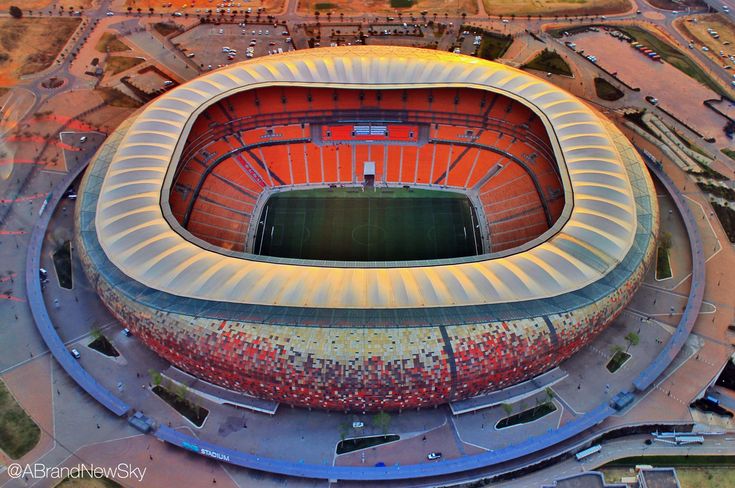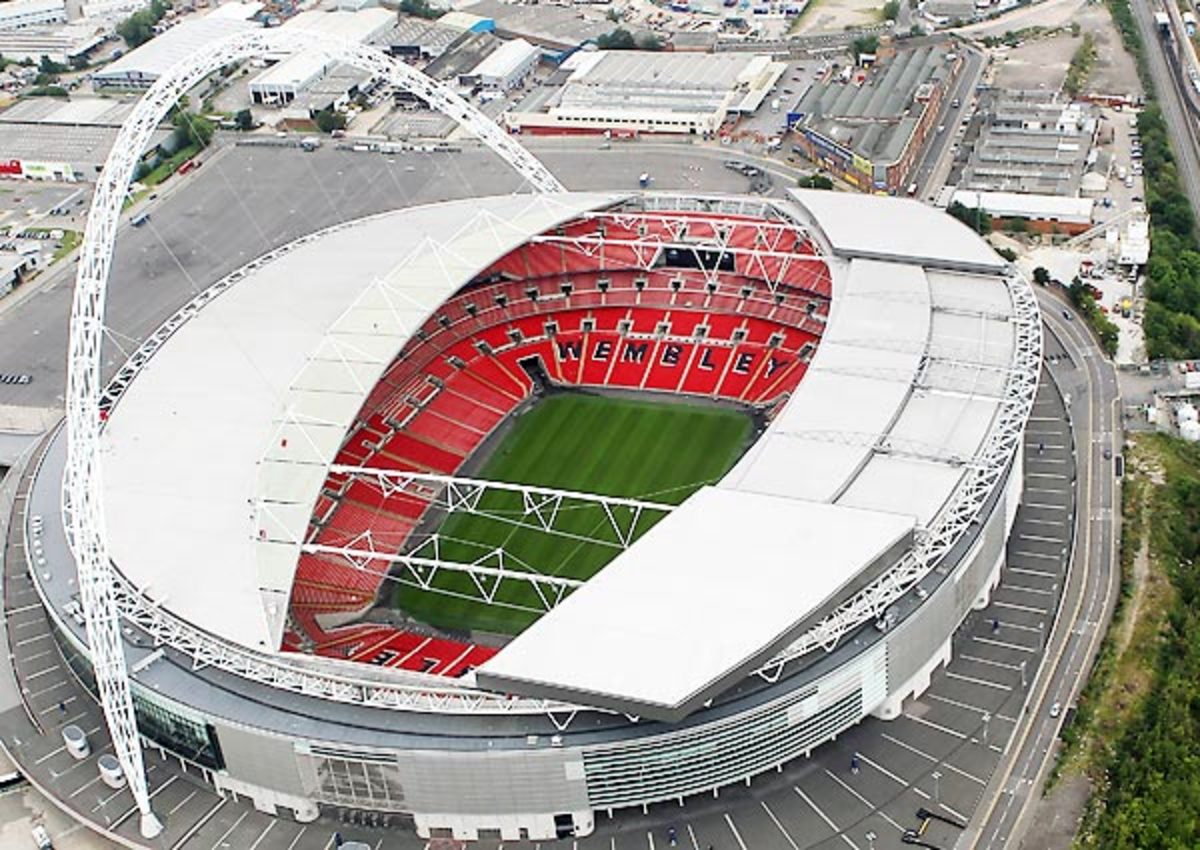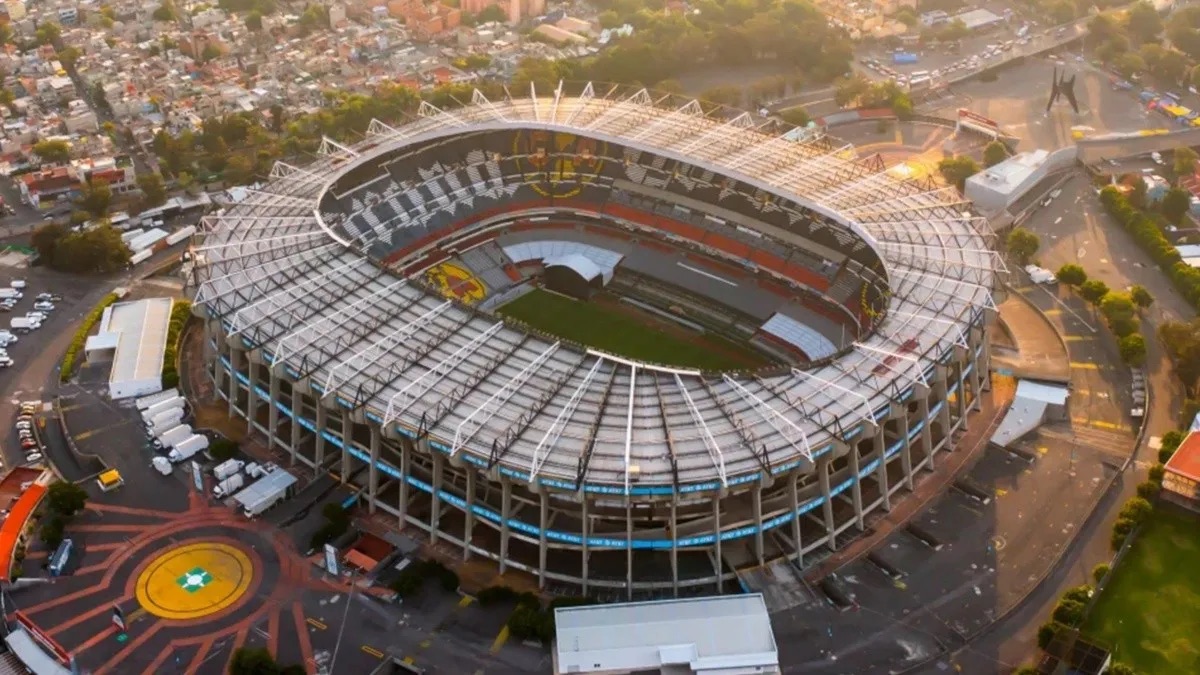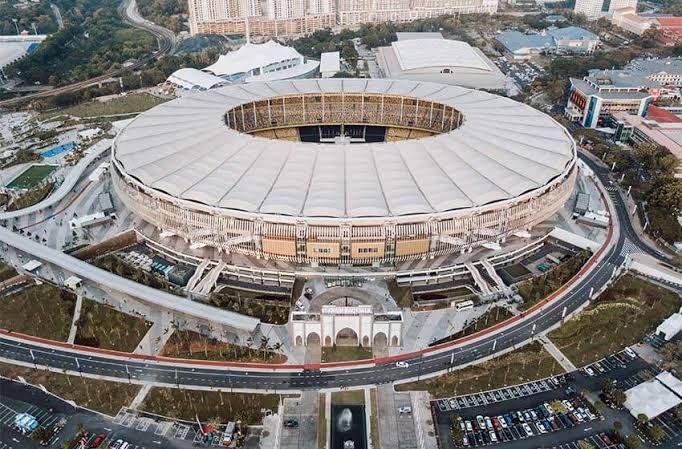Top 10 Biggest Stadiums in the World 2025
By ICON TEAM | Published on Feb 24, 2025
Stadiums are architectural wonders, cultural icons, and monuments of human aspiration, not only places for sports. Millions of people visit these enormous buildings all around to see anything from big concerts and national ceremonies to soccer showdowns. Ranked by seating capacity and acclaimed for their distinctive histories and designs.
List Of Top 10 Biggest Stadiums in the World 2025:
1. Rungrado 1st of May Stadium in Pyongyang, North Korea:
Rising on the list is the magnificent 114,000 spectator capacity Rungrado 1st of May Stadium. Completed in 1989, this stadium in Pyongyang, North Korea is well-known for its unique scalloped roof, which mimics a flowering magnolia flower. It mostly provides the venue for the Arirang Festival, a magnificent gymnastics and artistic show attracting large numbers of people. Beyond its capacity, the stadium's political importance is noteworthy since it hosts national pride events reflecting North Korea. Though its isolation limits worldwide sporting importance, its sheer size and original design make it a landmark.
2. Camp Nou (Barcelona, Spain):

Comprising 99,354 capacity, Camp Nou is the biggest stadium in Europe and a holy site for soccer supporters. Since its 1957 debut, home to FC Barcelona, this legendary site has seen many memorable games including the genius of players like Lionel Messi and Johan Cruyff. Its name, "new field" in Catalan, captures its aspirational start and continuous improvements seek to increase its capacity beyond 105,000 by 2026. Tucked in the center of Barcelona, Camp Nou captures the architectural flair of the city as well as its love of football by fusing contemporary additions with a historical past.
3. FNB Stadium (Johannesburg, South Africa):

Known as Soccer City, FNB Stadium is special in history as the venue of the 2010 FIFA World Cup Final, the first hosted in Africa and has a capacity of 94,736. Originally constructed in 1989, it was rebuilt for the international event using a design influenced by an African calabash pot with an earth-toned façade from Johannesburg. Beyond soccer, it has staged historic events including Nelson Mandela's memorial in 2013 and first public address on his 1990 release. Its cultural resonance and energetic environment help to explain its ranking among the top stadiums in the world.
4. New Administrative Capital Stadium (New Administrative Capital, Egypt):
Arriving on the list recently, the 93,940 capacity New Administrative Capital Stadium in Egypt is among the biggest in Africa. Built as part of Egypt's ambitious urban development initiative, this ultramodern stadium is meant to host large events and international soccer matches. Situated in the newly established New Administrative Capital of Egypt, it represents her drive for international acceptance in infrastructure and sports. Modern conveniences and a clean design will help it to become a major venue in the area.
5. Lusail Stadium (Lusail, Qatar):

With 88,966 seats, Lusail Stadium attracted interest all around as the focal point for Qatar's 2022 FIFA World Cup. Located in the futuristic city of Lusail, its golden, bowl-like form pays homage to classic Arab lanterns, therefore fusing modern engineering with cultural legacy. Finished in 2021, it featured the last match of the tournament, therefore highlighting Qatar's capacity for organizing a worldwide event. Beyond soccer, it will be a multifarious center representing the architectural creativity and fast development of the nation.
6. Wembley Stadium (London, United Kingdom):

With 90,000 capacity, Wembley Stadium is a British symbol connected with entertainment and football. Rebuilding on the site of its 1923 predecessor in 2007, its 133-meter-tall iconic arch dominates London's skyline. Home to England's national football team, it has seen events including concerts by world luminaries, Champions League games, and FA Cup finals. Its flexible form and mix of history—from the 1966 World Cup triumph to contemporary events—make it a pillar of athletic life.
7. Estadio Azteca (Mexico City, Mexico):

In soccer history, Estadio Azteca, seat 87,523, is a holy site. Opening in Mexico City in 1966, it is the only stadium to have seen two FIFA World Cup finals (1970 and 1986), including Diego Maradona's historic "Hand of God" goal. Home of the Mexican national team and Club América, its great altitude more than 7,200 feet above sea level, adds a special difficulty for visiting teams. Surrounded by vivid murals and steeped in custom, it continues to be a reminder of Mexico's great footballing past.
8. Bukit Jalil National Stadium (Kuala Lumpur, Malaysia):

Rising to 87,411, Bukit Jalil National Stadium is the biggest stadium in Southeast Asia and cause of pride for Malaysia. Designed for the Commonwealth Games in 1998, it is presently the home of the national football team of Malaysia and hosts important regional events. While its adaptability fits sports, concerts, and national celebrations, its elegant, tiered design and rich surroundings mirror Kuala Lumpur's modernism. It's evidence of Malaysia's rising profile in world sports.
9. Borg El-Arab Stadium (Alexandria, Egypt):
Near Alexandria, Borg El-Arab Stadium, another Egyptian behemoth, boasts 86,000 capacity. Originally opened in 2007, it was meant to relieve strain on Cairo's stadiums and has subsequently seen important national team events. Though it's less often used than its younger cousin in the New Administrative Capital, its expansive design and Mediterranean background add unique appeal. Still, its scale and promise make it among the top venues in the world.
10. Stadium Australia located in Sydney, Australia:

Completing the list is Stadium Australia, sometimes known as Accor Stadium, with 83,500 capacity. Designed for the 2000 Sydney Olympics, it presented remarkable events including Cathy Freeman's 400-meter victory. Originally set in Sydney's Olympic Park, it has been modified with a rectangular layout that maximizes its flexibility for rugby, soccer, and concerts. It is a fitting closer to this worldwide lineup given its legacy as an Olympic venue and ongoing relevance in Australian sports.
Comments 0